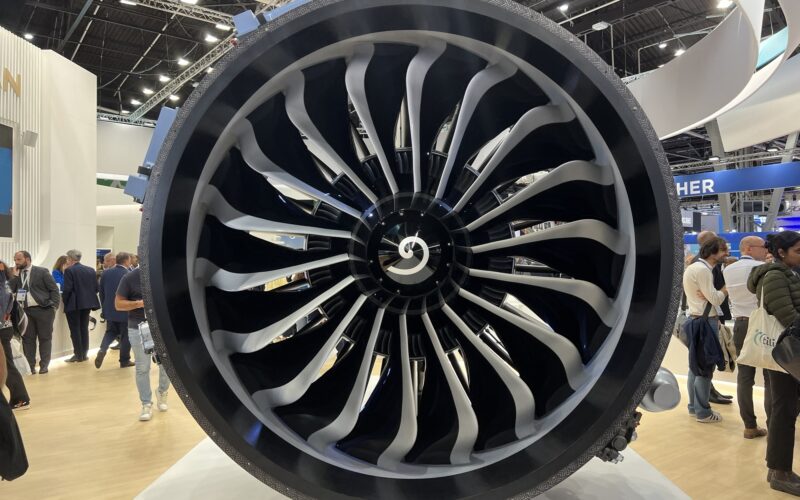EASA Proposes Modernizing Aircraft Engine Certification Rules for Enhanced Safety and Efficiency

The European Union Aviation Safety Agency (EASA) has taken a significant step toward enhancing aircraft engine certification rules by publishing a Notice of Proposed Amendment (NPA). This move aims to address three main issues with the current regulations and bring about crucial updates for improved safety and harmonization with the United States (US) Federal Aviation Administration (FAA).
Outdated Engine Endurance Test: EASA has identified a key concern with the existing engine endurance test, which was conceived over 60 years ago. As engine designs and operations have evolved to meet modern air transport demands, the test’s conditions have become increasingly challenging to achieve. Consequently, EASA doubts the representativeness of the test and has observed cases where engines failed shortly after commencing commercial flights, necessitating Airworthiness Directives (AD) for corrective actions.
Harmonization with FAA: Another pressing issue EASA has highlighted is the lack of harmonization with the FAA regarding the initial maintenance inspection (IMI) test. While the FAA mandates this test, EASA does not, leading to discrepancies in certification processes. The IMI test is considered vital as it can uncover design-related issues during the approval process, ensuring potential unsafe conditions are addressed before engines enter into service.
Implications and Benefits: By implementing the proposed regulatory changes, testing for turbine engines will become more robust and realistic, reducing airworthiness issues and potentially hazardous failures at the aircraft level. This alignment with real-life operating scenarios will also streamline EASA’s continuous airworthiness oversight.
Overall, EASA expects these modernization efforts to significantly enhance safety standards and positively impact the aviation industry both in terms of safety and economic efficiency.
